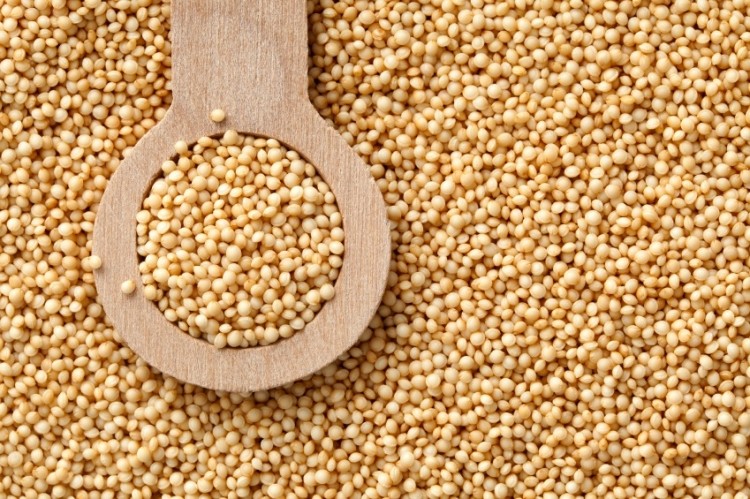OTA sets high bar for revised organic seed-purity standards

In comments submitted to the NOSB ahead of this week’s semi-annual meeting in Denver, OTA lauds the Crop Subcommittee’s proposal to strength the organic regulations on seed use and address the risk of GMO contamination, but it says the proposal to allow the use of non-organic seed if organic seed cannot be sourced due to GMO contamination would discourage use of organic seed.
“A proposal that formally recognizes contaminated organic seed as an acceptable reason to use non-organic seed contradicts the basic production principles, disincentives the requirement to use non-organic (non-GMO) seed, and it does not acknowledge certifying agents’ roles in determining whether GMO contaminated seed is non-compliant or a result of unavoidable contact,” Gwendolyn Wyard, OTA’s vice president of regulatory and technical affairs, says in comments submitted to NOSB.
“Furthermore,” she adds, “without the establishment of a seed purity standard, it makes an already challenging compliance determination even harder. We do not believe this proposed language is needed nor helpful.”
NOSB should set a minimum for producers sourcing seeds
For similar reasons, OTA also disagrees with the proposal that farmers must contact five sources for organic seed of at-risk crops, compared to three or more seed or planting stock sources for other crops.
Ward explains that if NOSB sets an exact number of sources to contact, farmers will not keep trying to find the seed once they reach five. A better option would be to set five as the minimum, leaving room for further hunting by ambitious planters.
It also suggests adding a provision to the seeds and planting stock practice standard that would require producers to demonstrate “every year” their attempts and improvement in sourcing the use of organic seed and planting stock “until full compliance … is achieved.”
Tighter tracking or seed producers proposed
Hand in hand with this change, OTA also wants NOSB to tighten record-keeping related to organic seed production on the supply-side so that down the road sourcing organic seed is exponentially easier.
“Given the proposal to amend the organic regulations to require producers to demonstrate improvement in sourcing and use of organic seed and planting stock each year until full compliance is achieved, it now seems appropriate to draft supporting guidance that would address the documentation organic producers are maintain to communicate their transition to organic varieties and annual increase by percentage used or acreage planted,” Ward writes.
For example, she suggests seed producers track the percentage of total crop acreage planted with organic seed year after year, and for specialty crops an appropriate measure of improvement would be no less than 5% increase annually.
Finally, in addition to much-needed updates to seed-purity regulations, OTA reiterates industry’s need for an easier way to find organic seeds.
“Perhaps, the most important tool that can help certified producers, handlers and certifying agents in their efforts to source and evaluate the availability of organic seed and planting stock is a searchable national database of available organic varieties,” Ward said.
This would allow operators to easily search for a specific variety or organic seed – saving them time and increasing their chances of finding organic seed.
Sometimes less is more
The trade association also points out several other ostensibly easy-fixes to the proposal that if left to stand would cause more damage than benefit.
For example, Ward suggests NOSB should remove extraneous references to avoiding contamination from excluded methods in seed of at-risk crops.
“The inclusion of an isolated phrase such as ‘producers must prevent contamination of excluded methods in seed’ is potentially problematic and confusing without the greater context and explanation that is offered in the policy on genetically modified organisms and NOP’s guidance specific to practices to avoid contact with GMOs,” she writes.
As such, she says it is better to simply reference NOSB’s existing guidances on contamination prevention and the National Organic Programs policy on genetically modified organisms.

















